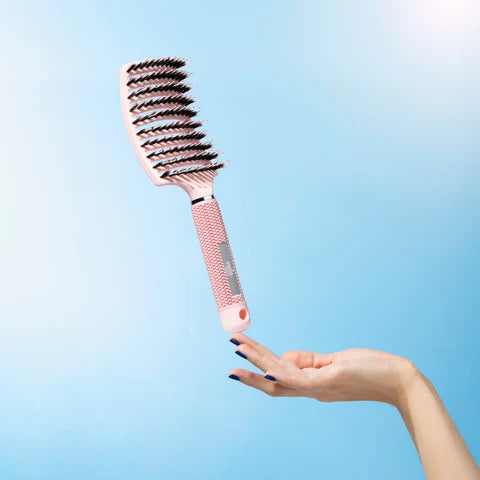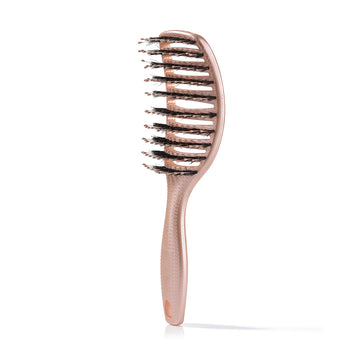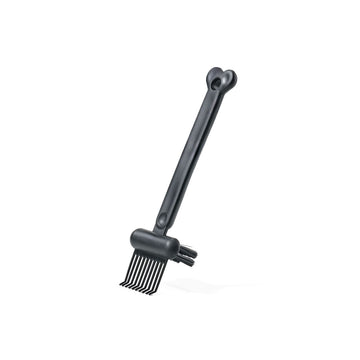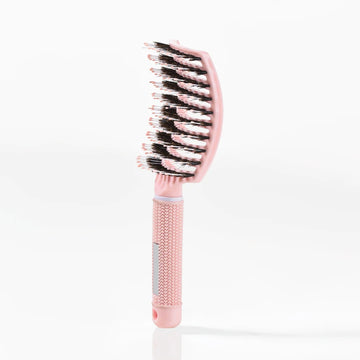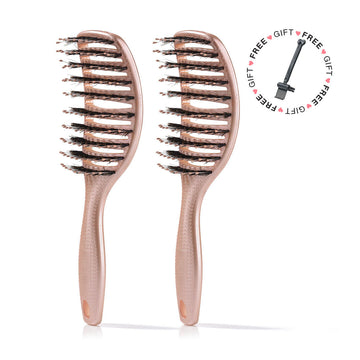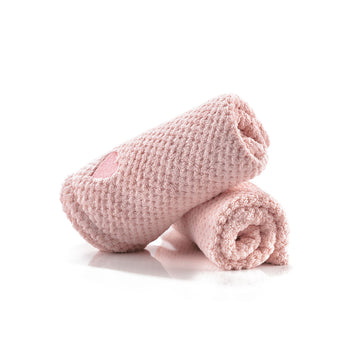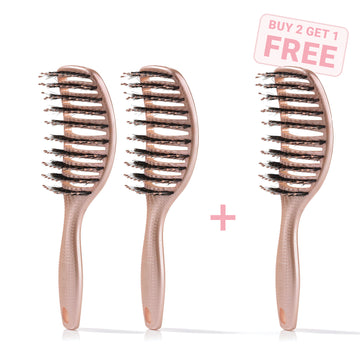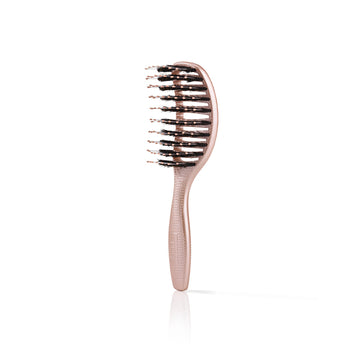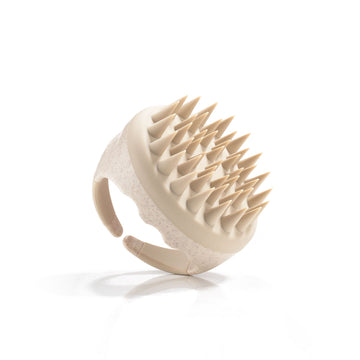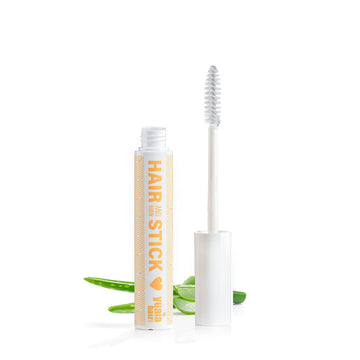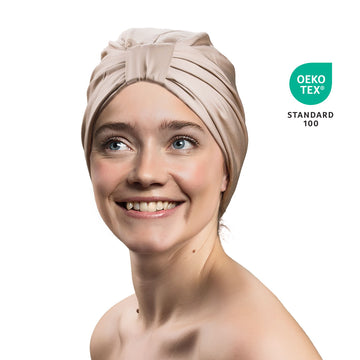Product recommendations for minimizing hair shedding
Suddenly seeing your hair start to fall out or seeing a large amount of hair in your hairbrush can be a tough experience for many. Shedding hair can be triggered by many things, so one solution may not work for everyone. However, here are our suggestions on which products you can start with in your attempt to shed less. These product recommendations focus on nourishing your hair and scalp, supporting natural hair growth, and strengthening your hair to minimize excessive shedding.
Hair vitamins
A hair supplement is often a good solution if you start shedding hair. One of the causes can be vitamin deficiency, which can be triggered by many different things. We've been developing our hair vitamins for several years and now believe they are among the best on the market. You get a delicious strawberry-flavoured gummy with a high content of biotin and zinc, which help maintain normal hair. It also contains a lot of other vitamins and minerals such as Vitamin C, Vitamin B6, Vitamin B12, Vitamin E, folic acid and bamboo extract which is a rich source of silica. The product is free from gluten, lactose, gelatine and sugar.
Get a 10% discount code sent to you
Receive the best tips and tricks for your hair from Lotte and Nanna 🥰
An effective hair serum for hair shedding and loss
Our Grow and Glow serum is formulated with the well-known ingredients Capilia Longa and Amaranthus Candstus Seed Extract, which are known for their effects against hair shedding loss and strengthening of both hair growth and the hair shaft.
In addition, the serum contains a combination of several active ingredients that provide the scalp with a gentle exfoliation that maintains the scalp microflora. This reduces the tendency for oily hair and scalp. By maintaining a healthy scalp environment, this serum helps minimize shedding caused by scalp imbalances and promotes optimal hair health.
The product is unisex, so it can be used by both men and women. A sure winner in the fight against hair loss.
Powerful hair mask with care and moisture
One of the reasons why you shed a lot of hair can also be because your hair is dry, damaged and therefore simply breaks. It is therefore very important to use a hair mask at least once a week to ensure your hair gets the care, moisture and nourishment it needs. Regular use of a nourishing hair mask can help reduce hair shedding by improving the strength and hydration of your hair, restoring its natural health.
We highly recommend our Grow and Glow hair mask, which contains Capilia Longa and Amaranthus Caudatus Seed Extract as well as ingredients such as rosemary leaf extract, hydrolysed wheat protein, keratin and biotin. We've packed all the best you can get into this hair mask to ensure the best conditions for your hair. The hair mask provides strength, conditioning, moisture and helps repair damaged hair by up to 80%.
Heat protection for your hair
Do you often expose your hair to heat? Then a heat protection spray for hair is a must in your hair routine. It can be essential for keeping hair healthy and strong and minimising damage. Exposing your hair to high temperatures without protection can increase hair shedding, as heat damages the hair shaft, leading to breakage and weakened strands.
We recommend our Heat Protection spray, which is heat protective up to 220 degrees, UV protective and silicone free. This spray provides a shield that not only protects against heat but also helps maintain your hair’s moisture balance, reducing the risk of hair shedding caused by dryness or damage.
 2-5 day delivery
2-5 day delivery
 25.000+ satisfied customers
25.000+ satisfied customers
 Satisfaction Guarantee
Satisfaction Guarantee





